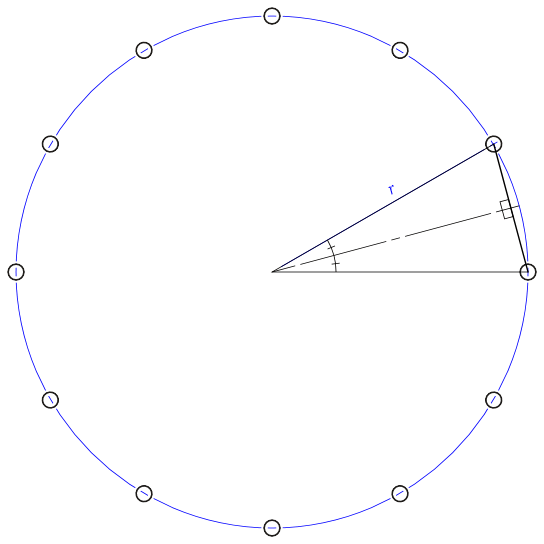Hello.
I have a situation where I have to lay out 12 hi heads in a shape of a circle.
Is it possible to come up with equation for me to know a distance between light fixture to the adjacent light fixture in straight line?
My field situation is that i need this dimension.
I would be able to come up with that when i was 12 years when i had geometry classes old but now can't figure it out having 1500$ worth of lasers. . its so funny.
. its so funny.
thank you in advance for your input
I have a situation where I have to lay out 12 hi heads in a shape of a circle.
Is it possible to come up with equation for me to know a distance between light fixture to the adjacent light fixture in straight line?
My field situation is that i need this dimension.
I would be able to come up with that when i was 12 years when i had geometry classes old but now can't figure it out having 1500$ worth of lasers.
thank you in advance for your input


